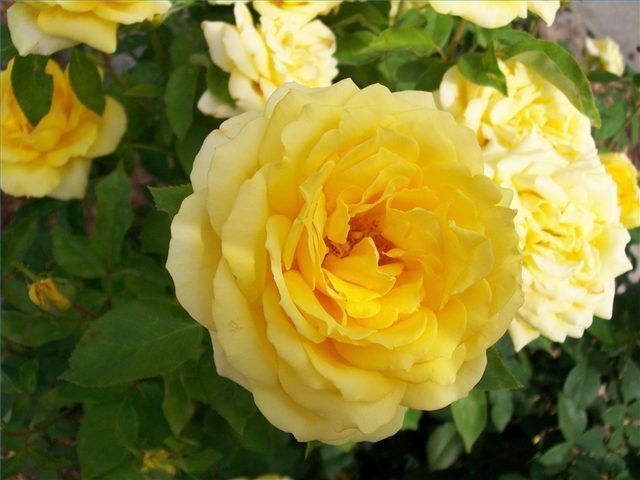Bulbs
Flower Basics
Flower Beds & Specialty Gardens
Flower Garden
Garden Furniture
Garden Gnomes
Garden Seeds
Garden Sheds
Garden Statues
Garden Tools & Supplies
Gardening Basics
Green & Organic
Groundcovers & Vines
Growing Annuals
Growing Basil
Growing Beans
Growing Berries
Growing Blueberries
Growing Cactus
Growing Corn
Growing Cotton
Growing Edibles
Growing Flowers
Growing Garlic
Growing Grapes
Growing Grass
Growing Herbs
Growing Jasmine
Growing Mint
Growing Mushrooms
Orchids
Growing Peanuts
Growing Perennials
Growing Plants
Growing Rosemary
Growing Roses
Growing Strawberries
Growing Sunflowers
Growing Thyme
Growing Tomatoes
Growing Tulips
Growing Vegetables
Herb Basics
Herb Garden
Indoor Growing
Landscaping Basics
Landscaping Patios
Landscaping Plants
Landscaping Shrubs
Landscaping Trees
Landscaping Walks & Pathways
Lawn Basics
Lawn Maintenance
Lawn Mowers
Lawn Ornaments
Lawn Planting
Lawn Tools
Outdoor Growing
Overall Landscape Planning
Pests, Weeds & Problems
Plant Basics
Rock Garden
Rose Garden
Shrubs
Soil
Specialty Gardens
Trees
Vegetable Garden
Yard Maintenance
How to Save a Dying Rose Bush
How to Save a Dying Rose Bush. Rose bushes are some of the most attractive plants around. When they are properly taken care of, they can last for many years, producing beautiful blossoms and fragrance. But if you have a rose bush that is struggling and needs a little, or maybe even a lot, of TLC, you can revitalize your rose bush before losing all...

Rose bushes are some of the most attractive plants around. When they are properly taken care of, they can last for many years, producing beautiful blossoms and fragrance. But if you have a rose bush that is struggling and needs a little, or maybe even a lot, of TLC, you can revitalize your rose bush before losing all hope.
Things You'll Need
Gardening gloves
Pruning sheers
Rose food
Lawn bags
Garden rake
Pruning
Trim all old and dead branches from the bush using pruning sheers. Proper pruning is vital to the health and longevity of any rose bush. When pruning, cut at an angle, which allows the cut to heal quicker and also allows for better circulation of nutrients throughout the plant. Do not be afraid to do a dramatic pruning, especially if the particular plant has never been pruned before. Pruning for the first time can seem scary, but get into the habit of trimming off all dead rose buds so that new ones can form. Do a major pruning in the spring, mid-summer and fall. Also trim all large trees and shrubs around the rose bush that may block the sunlight.
Clear away the dead debris from around the base of the rose bush, such as dead and molding leaves and grass. Rose bushes, especially large ones, often attract flying debris from the wind. Any rotting leaves and grass or weeds surrounding the bush can block or take nutrients away from the bush. Use a garden rake to gather the debris, and throw it away in a large lawn bag.
Sprinkle rose fertilizer (make sure it is specifically for roses) around the base of the bush before watering. Only use the amount recommended on the label, since every brand of fertilizer is different. Fertilize your rose bush once each week, when you water it. Once your bush is back to a healthy state, fertilize once each month to maintain a healthy plant.
Water the rose bush until the ground is well-saturated. Water is vital to sustaining healthy, vibrant roses. If you live in a hot climate, where temperatures reach above 90 degrees daily, or if the rose bush is south-facing, watering for 15 minutes each day is best. For cooler temperatures and when the rose bush is in a partly shaded area, watering every other day is sufficient.
Tips & Warnings
Some key ingredients to look for in your rose fertilizer are nitrogen, phosphorus and potassium, along with a pesticide to keep insects away.